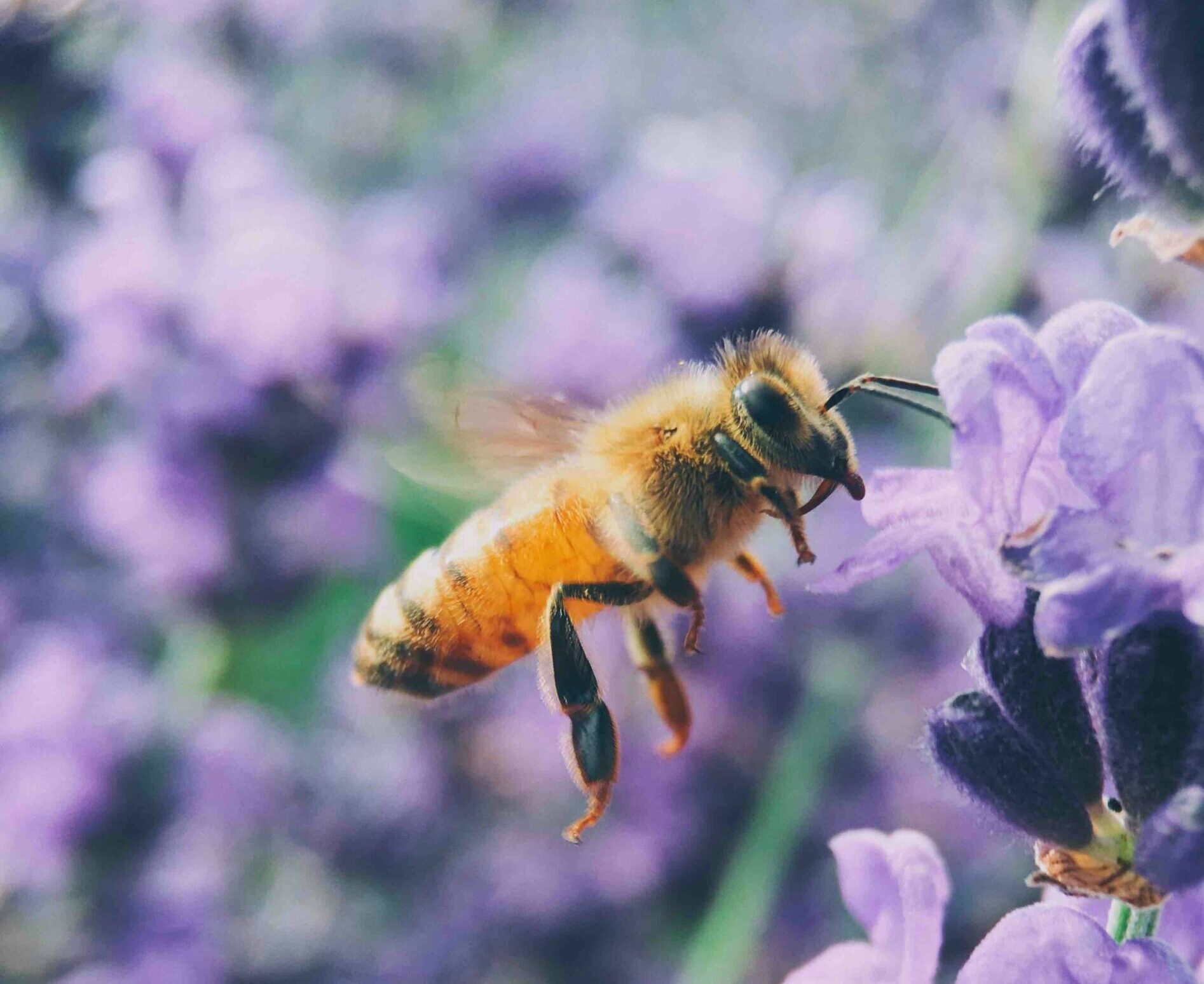What happens if the bee populations all go away?
This is a pressing question that has been keeping me up at night. Maybe my increasing interest stems from studying sustainability. My concern for our planet’s declining biodiversity. Or maybe I just love honey, and think bees are very cute.
But why do we even need bees? Why are they such a crucial element to human survival? The simple answer is pollinators like bees fertilise our food crops. The United Nations emphasises the important role the bees play in human food security in their 2022 story ‘Why bees are essential to people and planet’. I don’t know about you but I would like us all not to starve in the future because we neglected bees.
Our dear bee friends are dying. Why? To speak plainly it is because of humans doing human things. Key drivers that affect bee populations are incredibly well illustrated in Kurzgesagt’s video ‘The death of bees explained’.
In this video we can see how whole hives are dying. This is called colony collapse disorder. This is when large amounts of the bee colony die resulting in the colony no longer being able to sustain itself. These individual bees, coming back to their hives can be fatally affected by pesticides like weed killers and glyphosate or even air pollution.
I hear you ask, well okay, bees are dying. We know that bees are important. But what can we do? We are a small fish in a large pond and we cannot really make much of a difference on our own? This my friends is the conundrum. But there is some progress being made in this space, just at a more local level.
There are some fantastic community led initiatives that are trying to help bees. One such initiative by The Heart Gardening Project is the Melbourne Pollinators Corridor. This project aims to link up the Royal Botanical Garden and Westgate park in Melbourne’s South with a corridor of pollinator friendly plants so the bee populations can connect together and thrive.
This project is inspiring that any single person (if it is within their power) can help contribute to creating a safe and diverse environment for bees. The key to this is native plants that attract pollinators.
Maybe you have an aunt with Banksias that you could ask to get a cutting to propagate. Maybe you have a balcony and an empty pot plant where you could plant some Grevilleas (Spider flowers). Maybe you want to find a mindful hobby that could include planting some pretty wattle plants in your backyard and delight in watching them grow.
With this being said, I am talking this big talk but have I started planting anything myself? not yet. I am a stickler for research before I commit to a new project. But I am inspired to do my part, learn how to garden, track down where my gardening equipment is since I tried and failed to grow spinach back in 2019.
To say I am excited about it is an understatement, as my friends can attest, I keep bringing bees and pollinator gardens up in conversation. I bought a book on native wildflowers, a book on native bees and the Melbourne Pollinators Corridor guide book to help me in my expanding research on the topic.
I truly hope that if more individuals like those committed to the Melbourne Pollinators Corridor project, my passionate Nan who practises permaculture and hopefully myself growing my own little pollinators garden, we can slowly but surely bring some safe havens for bees to grow and thrive for many, many more years to come.
By Michelle E Hunter
Header image by Aaron Burden via Unsplash


